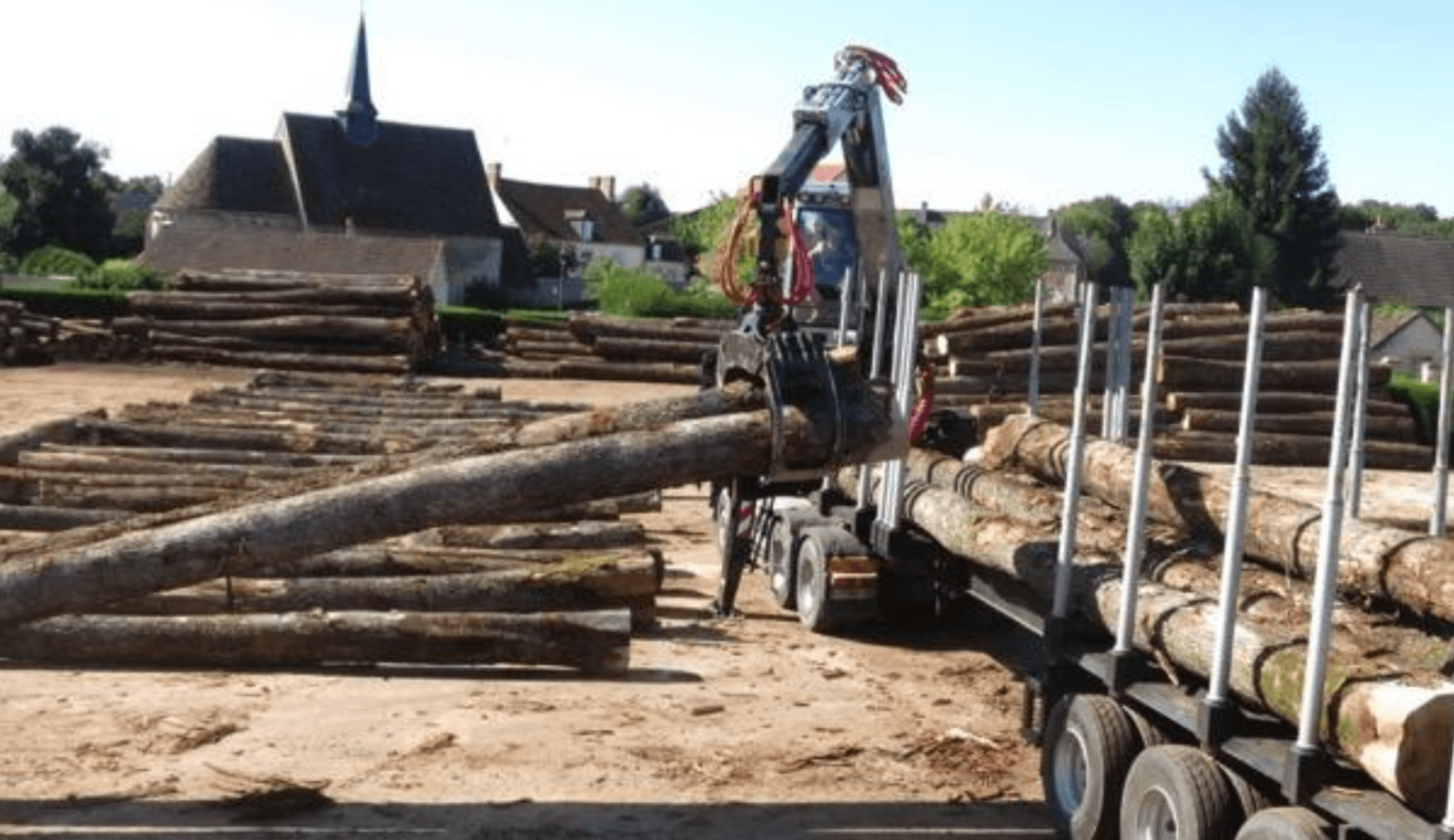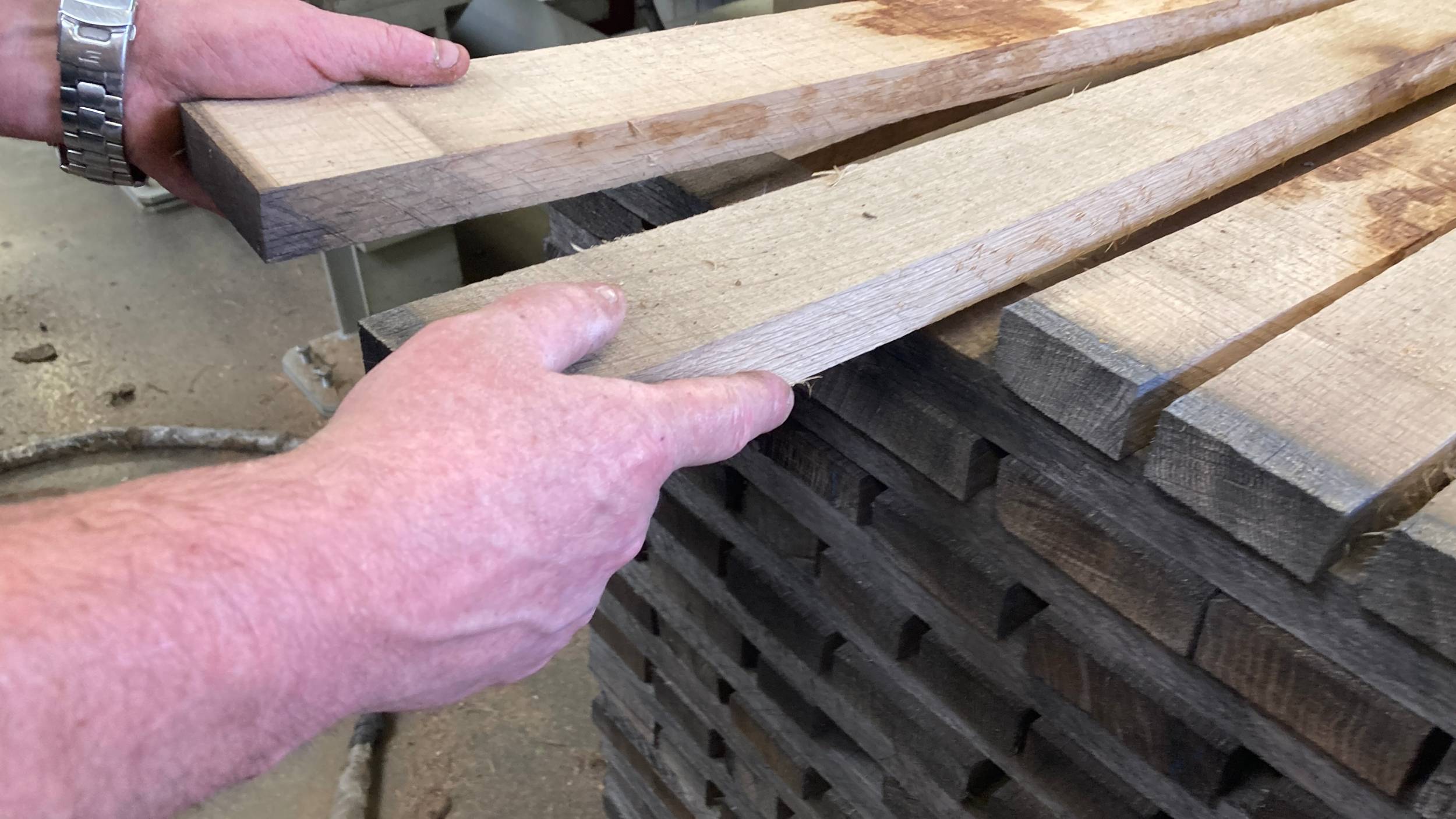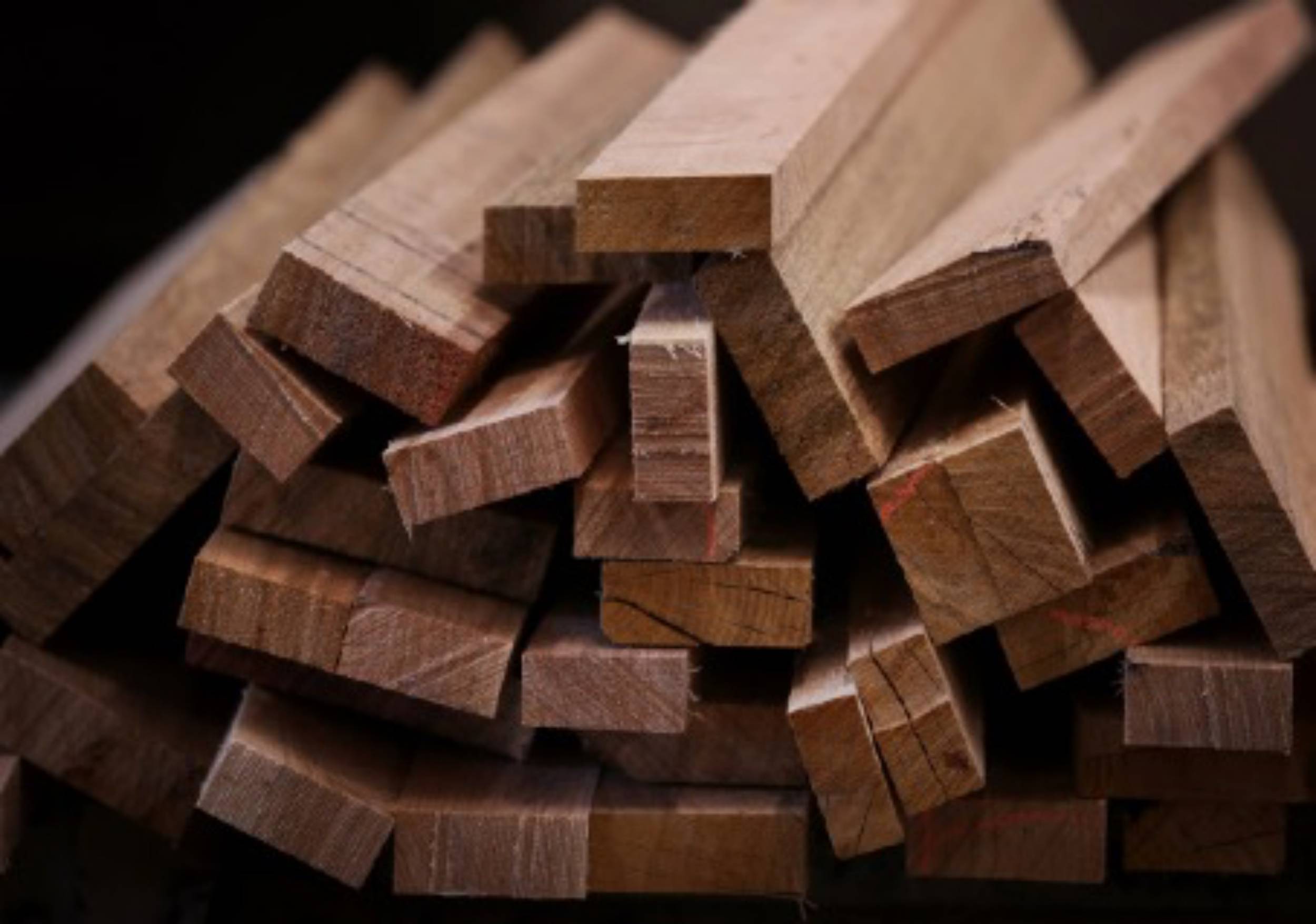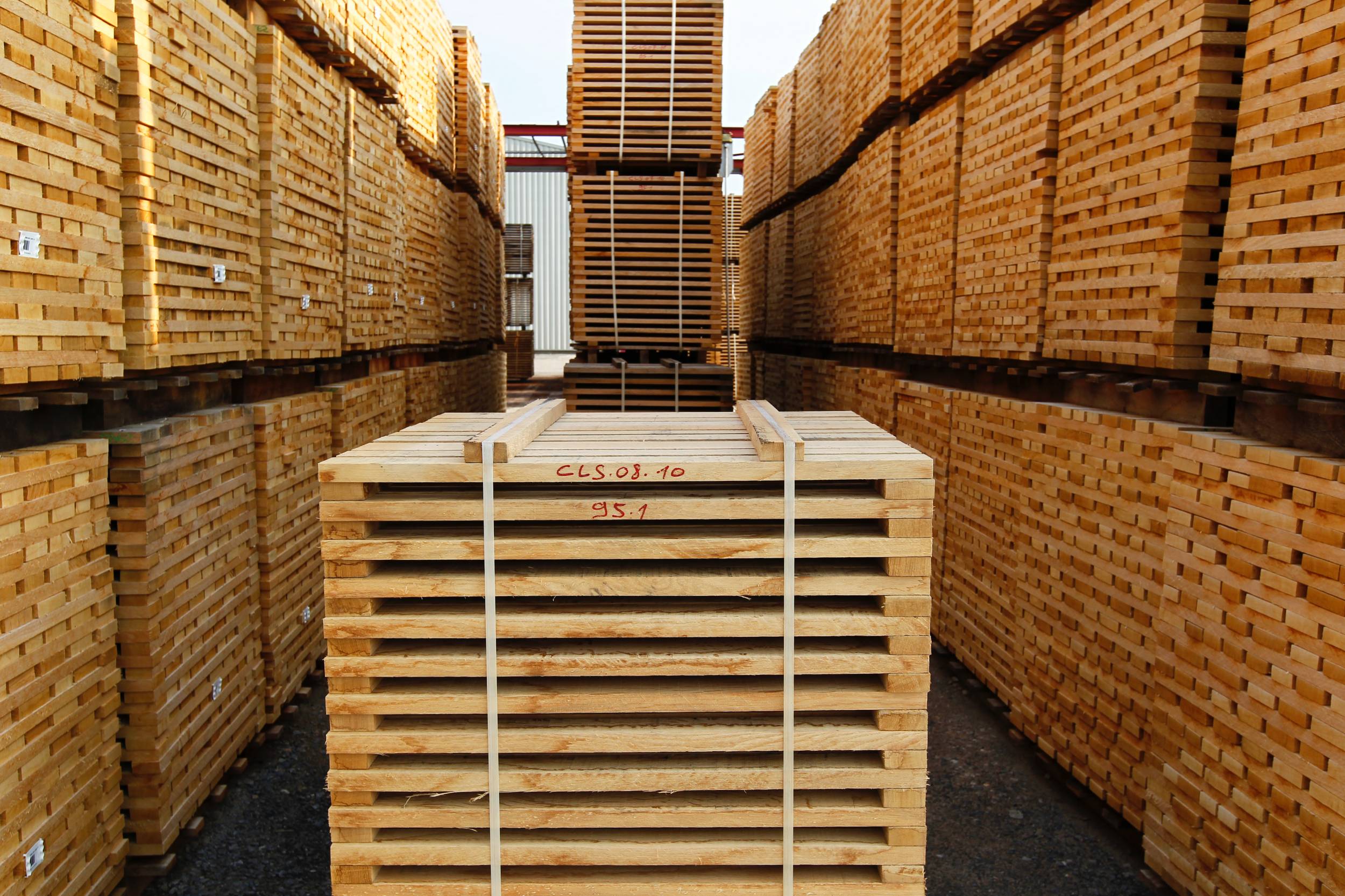
Stavemaking
In stavemaking, every piece of wood that goes into the manufacturing process requires special attention to read its characteristics and adapt the shaping. Wood is handled by hand at every stage.
THE STAGES IN STAVEMAKING
01 - Logging of purchased timber
01 - Logging of purchased timber
02 - Skidding and transport to Charlois stavemills
02 - Skidding and transport to Charlois stavemills
03 - Sorting
03 - Sorting
04 - Cutting
04 - Cutting
05 - Splitting
05 - Splitting
06 - Sawing
06 - Sawing
07 - Trimming
07 - Trimming
08 - CInspection/sorting
08 - Inspection/sorting
09 - Shortening
09 - Shortening
10 - Seasoning
10 - Seasoning

01
Logging of purchased timber
Standing timber bought by the Charlois Group is felled within 12 months of the sale (in accordance with the sustainable management plan), following forestry best practice and in compliance with the regulations applicable to each plot.

02
Skidding and transport to the Charlois Group stavemills
Once they have been hauled to the landing point at the edge of the plot, the logs are stacked on the side of the road for collection by a logging truck which will transport them to the Charlos Group stavemills.

03
Sorting
The logs are sorted to select those which will be used for stavemaking. The others will be transformed in the sawmills, notably for the production of railway sleepers.

04
Cutting
After sorting, the logs selected for stavewood are cut into short lengths (approx 1,20 m )

05
Splitting
In this critical stage of stavemaking, the lengths are split into rough quarters following the grain of the wood. This operation guarantees the watertightness of the future staves.

06
Sawing
The sections are then sawn lengthways, always following the grain of the wood, into the thickness desired for the future staves (22, 27, 32 or 42 mm).

07
Trimming
These pieces of wood are then trimmed to remove the bark and the sapwood on one side, and the heartwood on the other, to form a rectilinear stave of between 4 and 12,5 cm wide for the body of the barrel and over 5 cm for the head pieces.

08
Inspection/sorting
Each stave is individually inspected. Those found to have faults are marked with red chalk according to the type (spikes, knots, broken grain, etc.).

09
Shortening
The marked staves are cut to remove the fault and sorted by length (suitable for barrels: 110, 105, 95 or 90 cm – Heads : 40 to 80 cm – Tiles/shingles: 33 cm).

10
Seasoning
The stavewood is stacked in well ventilated pallets of 0,5 m3 to allow for good air circulation.
These pallets are then stored in parks in the open air for a minimum of 20 months.
